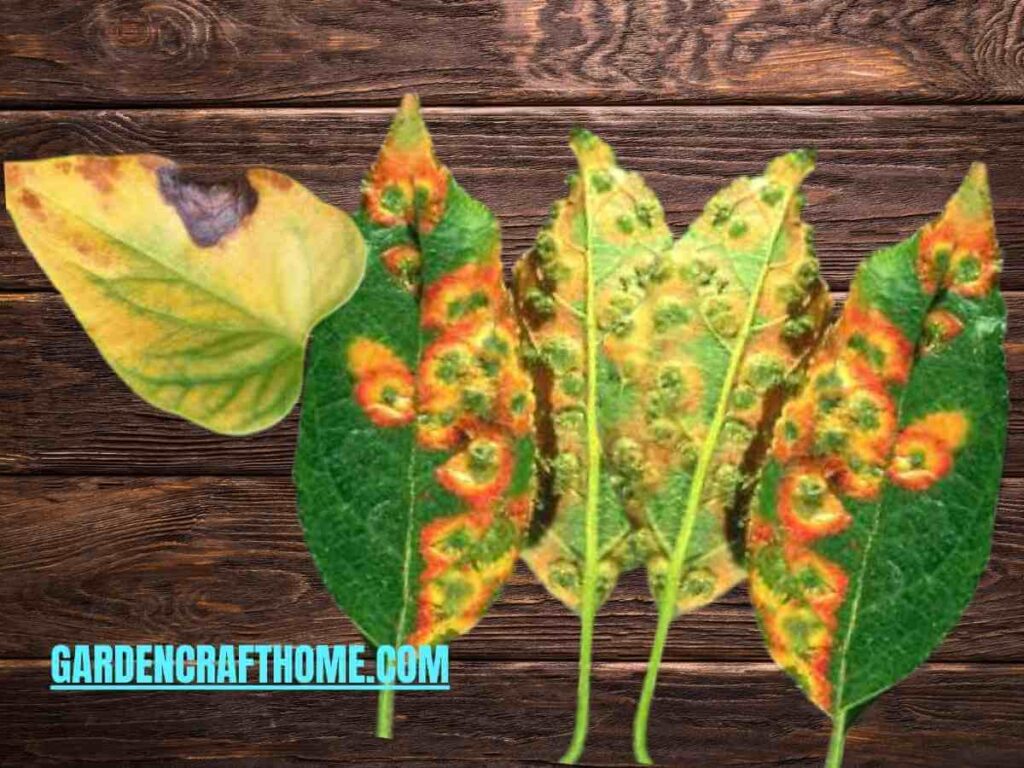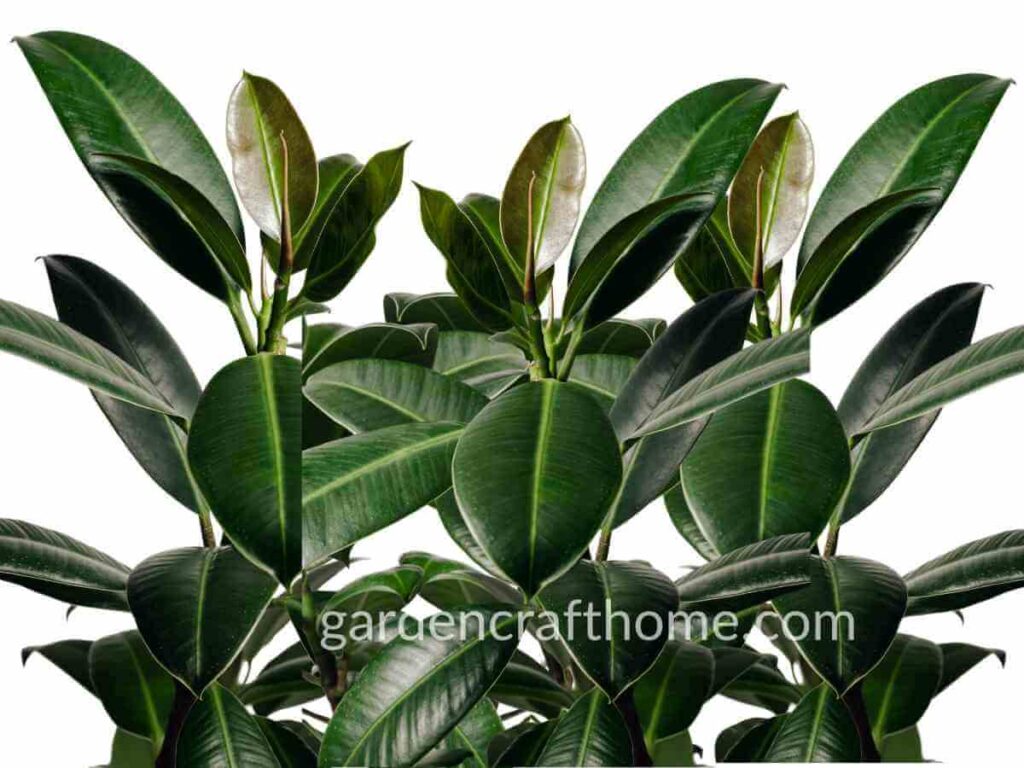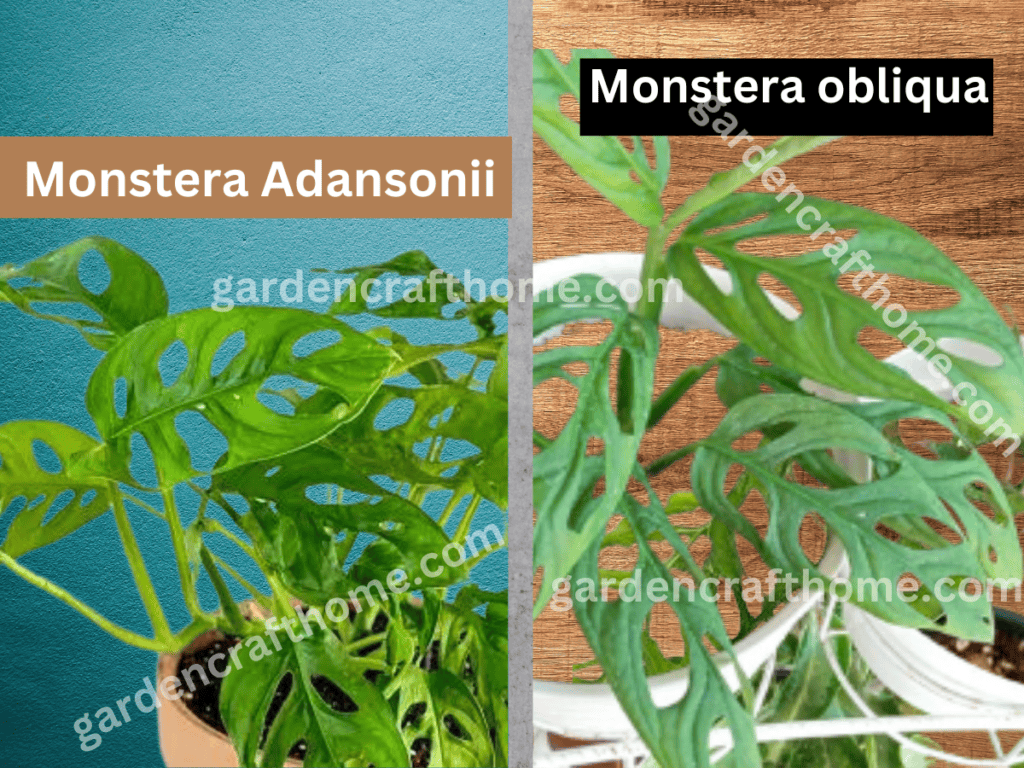In this post, we will see the nine most common reasons Anthurium Leaves Turn Dry, Brown, And Spotted leaves.
Before thinking about how to care for the plant, it is essential to understand why these brown spots formed.
Without this diagnosis, we can only limit ourselves to cutting the leaves as the problem persists and recurs until we find ourselves with a bare and weak plant.
As soon as you complete reading this post, you will be able to identify the core of this issue and be aware of the particular procedures that may be taken to solve it.
Let’s begin
Should I Be Concerned If The Anthurium Has Spotted Or Dry Leaves?
Generally speaking, there is no need to be alarmed if the anthurium has some brown, dry, or stained leaves.
As we have seen, there can be many causes; in most cases, they are not serious.
However, it remains important to understand why it happens so that we can correct our treatments and discard the hypothesis of diseases or parasites.
Why Does Anthurium Leaves Turn Dry, Spotted And Brown?
During the cold season, Anthurium leaves can become stained and brown due to the cold, lack of light, or problems with the root system.
In the hot months, however, the leaves tend to dry due to too much light or excessive use of fertilizers.
These include fungal and bacterial diseases, too-calcareous water, too-low environmental humidity, and natural leaf aging.
In summary, we can say that the reasons why anthurium has leaves with brown and dry spots are:
- Leaf aging
- Excess or deficiency of light
- Temperatures are too low.
- Environmental humidity is low.
- Root rot or fungal problems
- Excess or deficiency of fertilizer
- Bacterial infections
To simplify the diagnosis, it is best to make an initial distinction based on the season in which the problem occurs.
For example, in autumn and winter, it is common for some anthurium leaves to turn yellow and brown.
You can learn why Anthurium leaves turn yellow and brown, including this Solution. If interested, read now.
This is because the temperature and light intensity have dropped significantly.
Consequently, the plant’s metabolism becomes so much slower that it cannot meet the nutritional requirements of the leaves, causing it to become covered in dry, brown patches.
Once a balance has been reached between green leaves and the energy produced, the problem resolves itself.
In summer, however, we have the opposite problem because the heat and intense light can burn or dry the leaves along the edges if we delay watering too much.
This first distinction is of great help, depending on the season we find ourselves in, because it allows us to discard a large part of the cause immediately.
Now, let’s go into more detail and see how to recognize and solve the problems that cause the leaves to become stained.
Leaf Aging
Though nothing in our world is permanent, anthuriums are tropical perennial plants whose leaves may survive for more than a year.
Older leaves will inevitably start to turn brown and yellow and dry up.
This process is called leaf turnover; as the plant produces new, strong, and vigorous leaves, it loses the older ones.
To understand if this is your case, take a general look at the plant.
Overall, it is in excellent health, and the only brown and dry leaves are located further down the road. In that case, there is nothing to worry about.
Solution
Nothing is to be done; you can wait for the leaves to wither completely or remove them manually to give the houseplant a better look.
Too Many Lights
Full sun can cause burns on Anthurium leaves, which appear with brown spots extending to the areas most exposed to direct rays.
Particularly in summer and springtime, when the sun is stronger and hotter.
In nature, this plant lives in the shade of the trees that populate tropical forests and hardly receives direct light except for the few rays that filter through the foliage.
To avoid ending up with stained leaves, you must avoid leaving the anthurium exposed to direct sun during the hot seasons.
Consider that this plant tolerates a maximum of 25,000 lumens.
On a gorgeous summer day, the noon sun reaches over 60,000 lumens, which is more than twice as much light as the plant can withstand.
During the winter, however, solar radiation drops drastically, and the anthurium can easily receive all the light that can be given. Even direct sunlight.
To understand if Anthurium leaves have been sunburned, check their position and whether the brown leaves are the ones facing the light source.
solution
Move the plant to a slightly shadier home environment; in many cases, moving it a meter or two away from the window may be sufficient.
Alternatively, you can create a light, opaque curtain that lets plenty of light filter through.
After ensuring that the anthurium is no longer affected by direct sunlight, cut the brown parts of the leaves or remove them completely to prevent the lesions from becoming the entry point for fungi and bacteria.
Temperatures Are Too Low.
Cold weather is a common cause of dark brown spots on Anthurium flowers and leaves.
These plants native to Central and South America are used to living in warm climates all year round and cannot tolerate temperatures below 15°C.
It is no coincidence that anthurium is considered a houseplant, which can be outdoors but only in the warm months of the year.
Below 15 °C, the cells deteriorate until they explode when temperatures approach 0.
The symptoms are extensive necrotic spots, black or brown, on both the leaves and flowers.
Cold damage becomes apparent only a few days after exposure to the plant.
For this reason, in some circumstances, it can be not easy to recognize them.
solution
If your anthurium has stained leaves due to the cold, move it to a warmer room away from cold drafts.
The temperature change speeds up the onset of symptoms, so avoid transferring the plant from a cold room to a very hot one.
Instead, try to gradually get her used to it by first keeping her in a room at an intermediate temperature for a few days.
Lack Of Light
Suppose a plant grown in good, bright conditions is moved to a darker and shadier environment. In that case, it can no longer carry out sufficient photosynthesis to sustain the energy required by the leaves.
Some Anthurium leaves turn yellow, while others become stained brown or dry.
This can happen when you bring home a newly purchased plant or simply as the days get shorter in autumn.
The problem usually progresses during the winter until it stops on its own when a balance has been reached between the photosynthesis produced and the leaf mass.
The more the plant has grown and benefited from light during the summer, the more this problem becomes evident during the dark months.
solution
Try to place the anthurium in front of a very bright window.
In the summer, it is best to shelter it from direct rays during the hottest hours of the day, while from November to March, it can easily remain in full sun.
Consider purchasing an LED grow light if your home doesn’t have good exposure.
In the case of the anthurium, there is no need to use models with very high wattages; a 36-watt Sansi turned on for 12 hours a day is sufficient to illuminate it and all the plants around it adequately.
Excess Fertilizer
Too much or too frequent fertilization of anthurium leads to a salt accumulation in the soil, which might dry out the leaf tips or margins.
Excessive salinity in the soil leads the plant to slow dehydration because it reverses the osmosis process, normally allowing the roots to absorb water.
In short, the plant struggles to absorb water, and the first parts to suffer are those furthest from the root system, such as the tips and edges of the leaves.
Furthermore, an accumulation of salts can make the soil very acidic, preventing the plant from absorbing some nutrients such as calcium (Ca) and potassium (K).
The deficiency of these elements also manifests itself in the dry and necrotic edges of the leaves.
It is also possible for a similar thing to occur when you rinse with water that is too hard and high in limestone (calcium or magnesium carbonate).
This raises the soil’s salinity without making it available to the plants.
solution
Is there a possibility that you treated your anthurium with excessive fertilizer to the point where brown patches are evident on the leaf edges?
Provide the plant with abundant water to eliminate the accumulation of salts in the soil.
Easily use double or triple the capacity of the jar.
For example, use a 3-liter pot with at least 6 liters of water. This should be enough to re-establish acceptable salinity levels for the plant.
The stained leaves will not return to green; you can decide whether to keep or discard them depending on the extent of the damage or your taste.
The Ambient Humidity Is Too Low.
Anthurium andraeanum is adaptable and resistant but remains a tropical plant that loves humid environments with a humidity rate of over 70%.
Indoors, during the winter, the air becomes very dry, which causes brown, dry spots on the edges of the leaves.
This is a slight dehydration of the tissues, which usually does not constitute major damage to the plant unless the environmental humidity remains low (below 40%) for a very long time.
In this case, the spots could become more evident and spread towards the center of the leaves.
Velvety-leaved species, such as Anthurium clarinervium, are particularly sensitive to low humidity.
solution
As far as possible, try to keep the humidity as high as possible, using radiator humidifiers, for example.
If you have a lot of plants, it may be worth purchasing an ultrasonic humidifier or simply moving the anthurium to another, more humid room over the winter.
Depending on the damage’s extent and the plant’s overall size, you can decide whether to remove or keep the spotted leaves.
Also, read How to Grow Anthurium in Water Without Letting It Rot. READ NOW.
Lack Of Fertilizer
As mentioned before, the deficiency of some nutritional elements, such as calcium and potassium, causes necrosis on the anthurium leaves and other plants.
Lack of potassium destroys the leaf margins, while insufficient calcium causes many tiny black spots on the leaf blade that enlarge with time.
In addition to adding to the plant’s visual appeal, these elements are crucial to its development and health.
Lack of nutrients weakens the immune system and causes plant development to decrease.
Solution
Apply an extensive fertilizer, particularly between March and September/October, when the longer, brighter days encourage the anthurium to grow more.
Being a plant that blossoms (possibly) all year round, a fertilizer for blooming plants with a high concentration of phosphate (P) and potassium (K) is frequently used.
Verify that the fertilizer contains calcium and magnesium as well. You may also incorporate these elements by mixing some Epsom salt into the irrigation water.
Root Rot And Fungal Problems
Anthurium can be affected by several fungal diseases, with symptoms ranging from leaf yellowing to wet or dry brown spots on the leaves.
Mushrooms proliferate in humid environments with little air circulation, especially when water stagnates in the vase or leaves.
Root rot, for example, is a fungal disease caused by Pythium and is quite common in anthurium.
It usually attacks the roots but indirectly causes damage to the leaves, which turn yellow, brown, and dry.
Other fungal diseases establish themselves in leaves through wounds or cuts or pass through cell walls with prolonged water stagnation.
Also, read How to Water the Anthurium the Right Way. [link]
solution
If there is concern that the anthurium has a fungal disease, remove the most damaged leaves and, if necessary, treat with a systemic fungicide such as Aliette, which is absorbed by the plant and transported through the lymphatic system into all its tissues.
It practically treats the plant as a whole and stimulates its immune response.
In addition, in the case of root rot, you need to repot the anthurium and remove all rotten and soft roots.
To prevent fungal diseases in the future, water stagnation in the soil or on the leaves must be avoided, and water must possibly never be sprayed except in the morning in the warmer months.
Air circulation is also essential; always try to keep the anthurium ventilated, and if necessary, keep the air moving with a fan during the most humid and rainy days.
To learn more about this Solution, I recommend you click here to read this article. How to cure sick anthurium: leaf diseases and root rot.
Bacterial Infections

Anthurium leaves that have bacterial infections develop brown patches that are often encircled by black flecks or a yellow halo.
These diseases spread rapidly and can become serious problems if action is not taken in time.
The symptoms of bacteriosis on Anthurium leaves are:
- Leaves with yellow sections and necrotic spots
- Damp and unpleasant-smelling stains
- Drop formation on the edges of the leaves
- Spotted or faded flowers.
What To Do
In the case of a bacterial infection, diseased leaves should be removed immediately before the problem spreads along the petiole to the rest of the plant.
Remove the leaves at the base because cutting only the parts where the infection is evident may not be enough.
If the problem has already spread to the stem, throwing away the specimen before it transmits the infection to other plants is best.
Final Thought
You have seen that many actions are responsible for why your anthurium has dry leaves or brown necrotic spots.
Some are completely normal, others are due to environmental or cultural factors, and real diseases cause others.
To better understand what your case is, I invite you to think by exclusion:
- See which leaves are affected; if the lower and older ones start to dry, it is most likely leaf replacement, and you have nothing to worry about.
- If the dry, brown leaves are tall and facing the window (or other light source), ensure they are not hit by the direct sun during the central hours of the day in the hot months of the year. If so, it could be sunburn.
- Check the minimum temperature and make sure it does not drop below 15°C or that the anthurium is not exposed to cold air currents, as this could be the reason for the dark necrotic spots on the leaves.
- Observe the damaged leaves. If the problem affects the edges or tips of the leaves, the causes could be too little humidity or excessive fertilization.
In the first case, a hygrometer will help you measure the U/R level in the room. At the same time, in the second case (too much fertilizer), you need to consider how often the anthurium has been fertilized in the last period.
- Are we in autumn or winter? At this time of year, it is normal for the anthurium to start showing some spotted leaves due to the combination of several elements.
Little light, mild temperatures, and low humidity (at least with the heating on).
- If you haven’t made any mistakes or fit any of the above points, your plant may have a fungal or bacterial disease.
In this case, time is fundamental, and it is important to treat it as soon as possible to increase the probability of being able to save it.
Once the cause has been found, all we have to do is resolve it.
Also, read [link].
- How to Care for Anthurium in the Apartment (Complete Guide)
- How and when to repot the anthurium and what soil to use
- How to water the anthurium the right way





